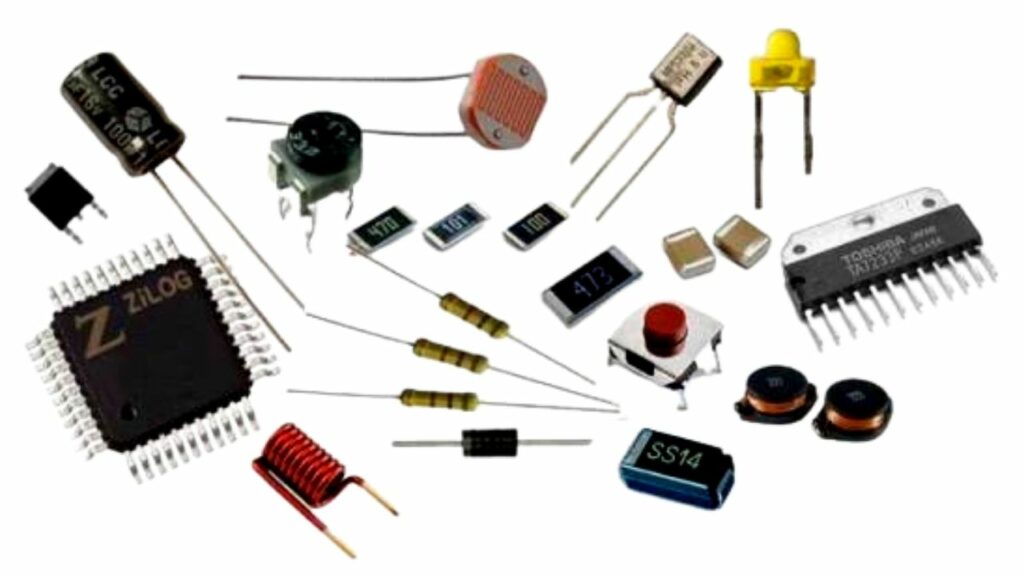Any electronic device that is used today turns out to have the smallest components in it. Where each component certainly has its own type and function. More or less that’s the picture of the electrical components.
Well, the electrical components contained in electronic objects themselves are called circuits. For example, there is a component in a cell phone that is used to capture signals.
Types of Electrical Components
For a more complete explanation, here is an explanation of the types of electrical components and their functions that you need to know.
The types of electrical components that are important for you to know are:
- Battery
- Transistor
- Transformer
- Microcontroller
- Resistor
- Inductor
- Capacitor
- Switch
- Diode
Electrical circuits are used to conduct conductive electric current in electronic components. Its function is very important, namely so that electronic devices can turn on and function properly. There are two types of components, namely active and passive components.
While the type and function of the circuit will be discussed in more detail below.
1. Battery
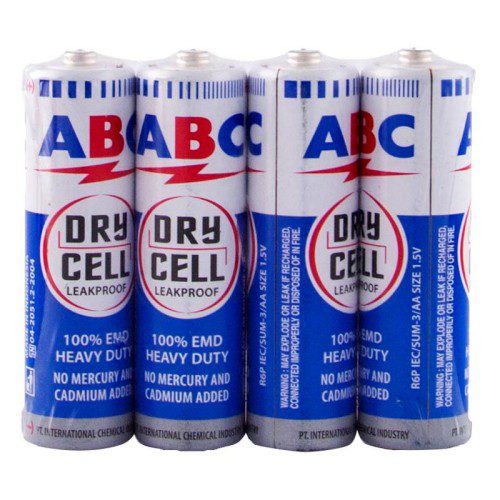
The electrical component of the battery is a component for storing chemical energy which will be converted into electricity in electronic devices.
You could say this component is very easy to find in electronic devices. For example like in cell phones, radios, watches and so on.
2. Transistor
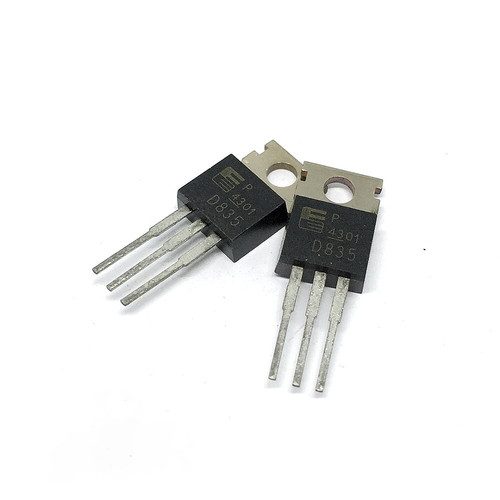
The electrical component that is the main component in electronic devices is the transistor . Because one of the components of the transistor will amplify, control, direct, modulator, oscillator and much more for the quality of electricity.
3. Transformer

The electrical component of the transformer is one of the electrical components so that the AC voltage can go up and down. This condition will produce very clear sound, images, and so on.
Examples of its use can be found in household electrical power .
4. Microcontroller
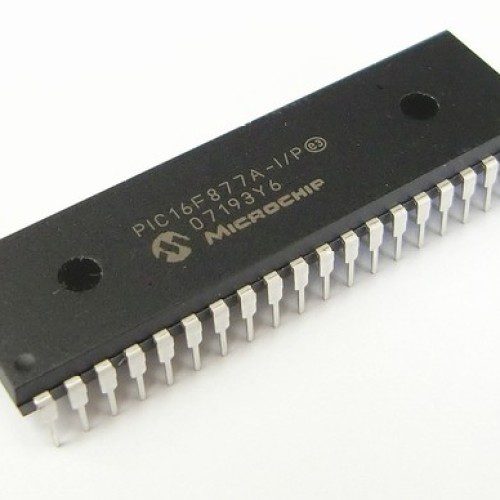
The electrical component of the microcontroller is a component to carry out certain tasks in electronics. Of course it depends on the type of tool itself. Well, the microcontroller is often called an IC or integrated circuit .
Microcontroller is almost the same as a sensor for measuring electrical quantities in electronics. Where this sensor will process various kinds of information captured through signals.
5. Resistors
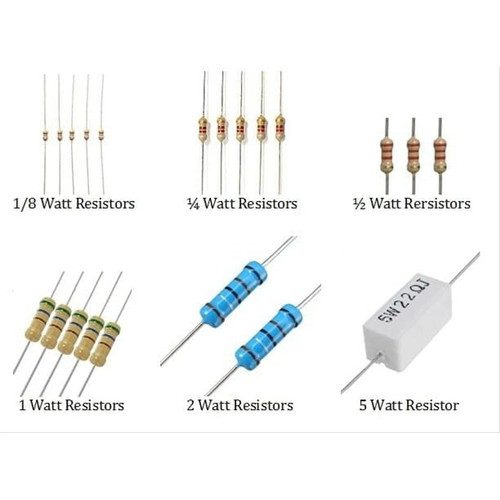
The electrical component of the resistor has the main function of regulating the electric current in the electronic device so that it is stable and safe.
This component is also passive and can limit the electric current.
6. Inductors
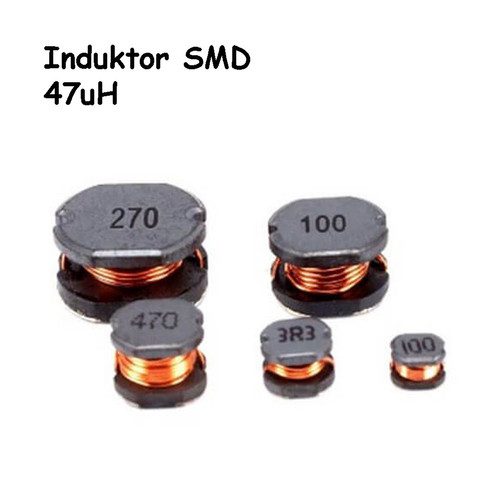
One of the most important electrical components is the inductor. Components that will form coils in electronic devices. The shape of this component is an arrangement of wire turns on top of the circuit.
7. Capacitor
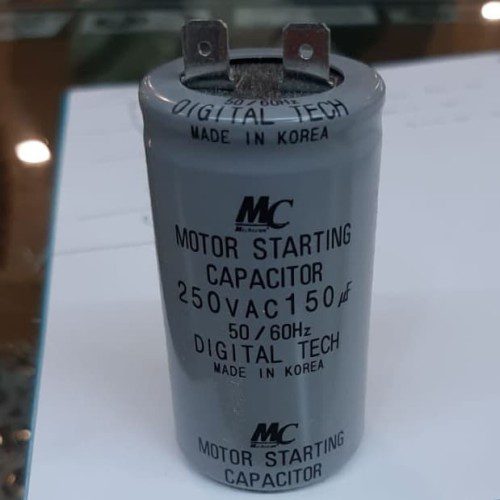
A capacitor is a type of electrical component that functions to store current. The time to save it is quite limited. This is because the electrical component of the capacitor has a certain material whose active power is also limited.
8. Switch

The external electrical components of electronic devices are switches , fuses and button switch buttons. These three components main function is to turn on or break the current in electrical or electronic devices. This component is also used to protect the electrical voltage.
9. Diode
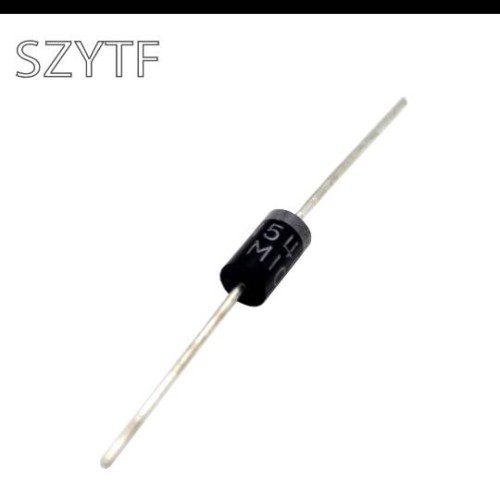
The electrical component of the diode is one of the active components in electronic circuits. This component is able to conduct or inhibit electric current from the opposite direction. The materials used are semiconductor materials .
Conclusion
Thus a discussion of the meaning of electrical components. Starting from the types of components to examples of electronic devices that contain components, you can see above. Hope it helps you to get to know each component type and its function better, huh?

